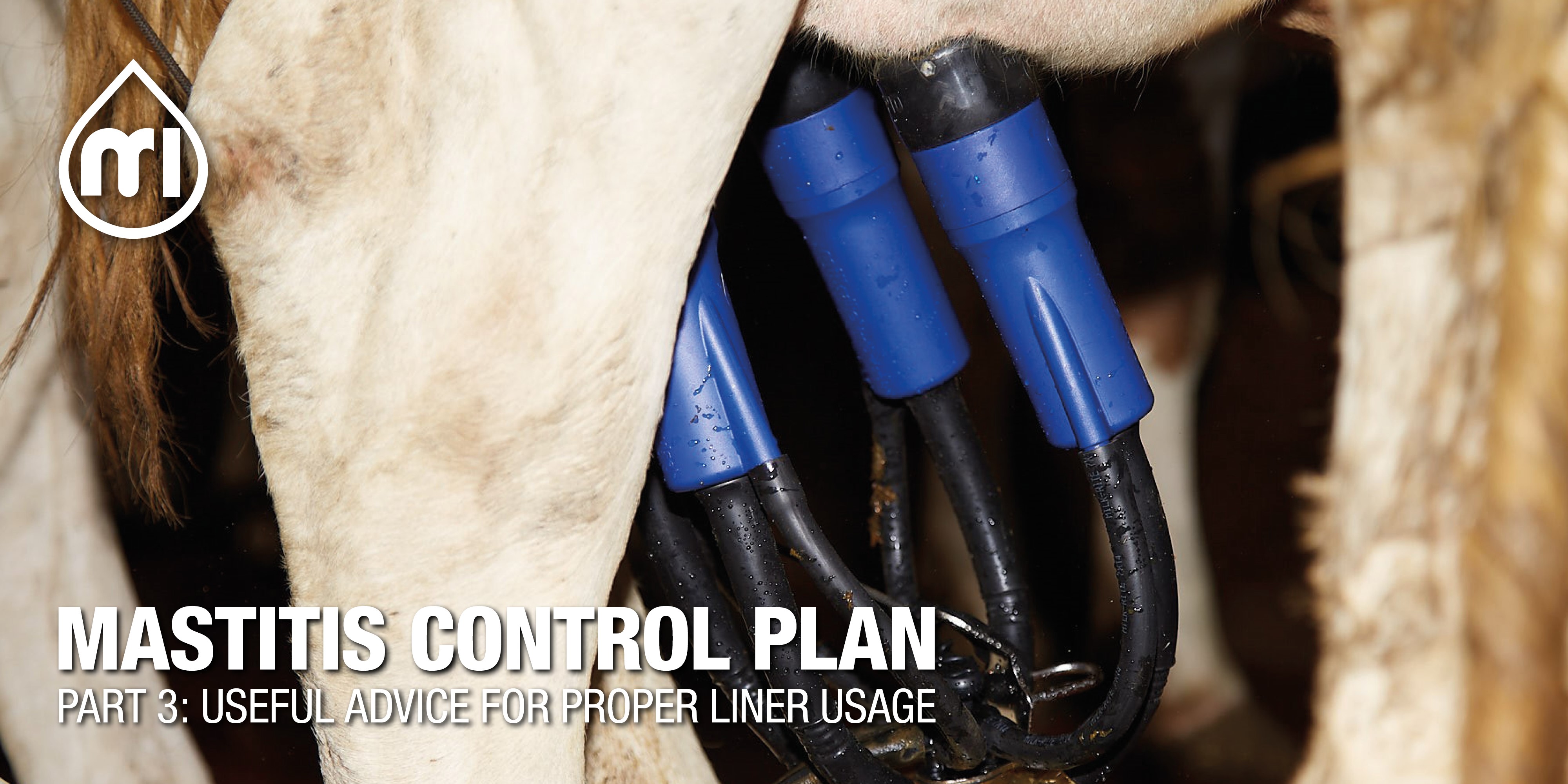
Mastitis Control Plan part 3: useful advice for proper liner usage
Throughout this series of episodes, we pointed out some of the most effective actions to prevent and counteract mastitis infection spread through an effective Mastitis Control Plan. Within that, liners play a crucial role, due to their direct influx on the teat. So let's discover the best choices in terms of their hygiene and safety.
After providing you with our experts’ insight on the close relationship between incorrect liner usage and mastitis, we would like to focus on the correct hygiene care, as well as the safest choices to make when talking about liners. These actions have the potential to save your cows from mastitis and, consequently, your farm from the negative aftermath of this disease.
Tips for liner and animal hygiene care
Contaminated milking clusters are responsible for 65% of new infections. This means that in order to decrease mastitis risk, the hygiene care of liners is imperative.
Along with proper liner and teat sanitizing before and after every session, both our experts underline the importance of avoiding “respray” while milking, as Luiz says: “During the milking process it is common, but undesirable, that milk flows back towards the teat by pressure differences in the small milk tube, due to the reverse pumping effect of milk when the liner opens. Germs move toward the teat and enter the canal easily, because of the pressure difference. This process is even facilitated in the case of overmilking, when the positive pressure inside the udder and teat cistern turns negative.”
Respray is mainly caused by:
- The liners being too big.
- Liner slippage and fall-off.
- The liner opening too fast.
- Incorrect pulsation configuration.
With milk reflux, caused by the liner wall movement, mastitis agents can reach the teat and contaminate the udder. The application of post-dip disinfectant can play a crucial part in preserving teat conditions. Nevertheless, this practice cannot be enough when teat ends are deteriorated, as the risk of pathogen invasion dramatically increases.
A further aspect to consider are environmental mastitis agents, which can reach the teats out of the milking parlour. With this regard, Luiz advices: “Even in clean environments, teats need to be cleaned and disinfected properly, especially in case of rough teat ends. Thus, the preparation routine is crucial to ensure a hygienic milking process. The application of a disinfectant pre-dip is another key step to prevent mastitis. The product should act for 30 seconds, after which it should be dried with 3 rotations around the teat. Teat end and barrel need to be properly cleaned, to remove as many mastitis agents as possible, ready to enter from the teat canal.”
Which liners are the safest?
Despite being a difficult task, finding the liners that most adapt to the herd is essential to beat mastitis.
According to our experts, right liner physical properties ensure low slippage rate, as well as fast and complete milking, while maintaining good teat conditions.
Triangular liners have a proven lower over pressure, as well as better adhesion to the teat, thanks to a cyclical course of the mouthpiece vacuum, which climbs up when liner opens and drops when liner closes. This ensures there is always air flow along the teat during each pulsation cycle.
Moreover, TLC (Triangular Liner Collapse) technology provides a low compression force and ensures an excellent decongesting action on the teat tissue. The milking process will be gentler on animals, providing an unmatched cow comfort.
A further relevant feature is mouthpiece ventilation, which plays a crucial part in preventing wet teats and high infection risk, by creating a unidirectional flow, without reflux.
As Ghislain outlines: “Along with providing a better control of mouthpiece vacuum, which will reduce teat base and barrel congestion, this technology also allows a smooth take-off, ensured by the fast and complete aeration of the liner barrel, after shutting off milking vacuum. Ultimately, thanks to the softer, turbulent-free discharge, the acidity of the milk will be lower, determining a better milk quality.”
At this point, we hope that these blog episodes helped you finding some useful advice on how to prevent mastitis, combining the improvement of cows’ immune system, with a clean and dry environment, and the best choices in terms of milking routine and liner choice.
To achieve higher milking performance and milk quality along with better herd well-being, we also encourage you to always monitor and evaluate your milking system conditions. For this reason, we support you with the Milking Performance Service, provided by our experts.
Take care of your herds, stay up to date and don’t miss our next blog post!
milkrite | InterPuls thank Luiz Cutolo and Ghislain Coppejans for their precious support.
Sources:
- Controle de mastite: Como as teteiras podem influenciar? Cutolo, 2021
- Mastitis control in dairy production Sharif, Umert, Muhammad – Journal of Agriculture and Social Science, 2009
(PDF) Mastitis control in dairy production (researchgate.net) - Tackling mastitis the right way Warren – DairyGlobal, 06/2021
DairyGlobal - Tackling mastitis the right way
